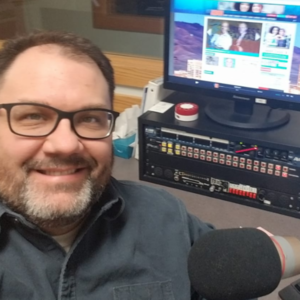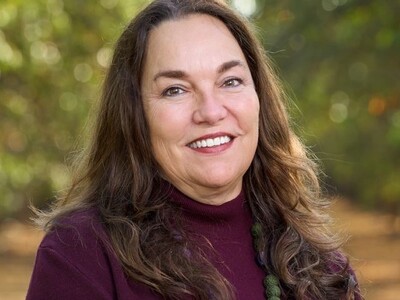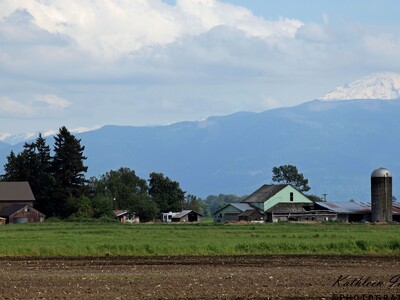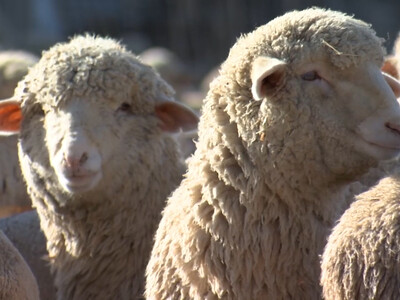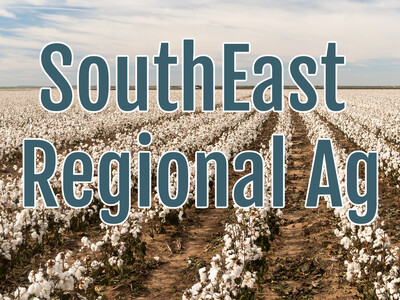Prescribed Burn Model
Prescribed Burn ModelA new study says Western U.S. states could follow the Southeast's lead to reduce wildfire risk.
Crystal Kolden, an associate professor of fire science at the University of Idaho, analyzed the use of prescribed burns across the country between 1998 and 2018, and found the Southeast used more than twice the amount of prescribed burns as the rest of the country.
The region also saw fewer acres burned in wildfires during that time. Kolden says the West has different vegetation, climates and population centers, but still believes the Southeast model could work here.
"The thing that makes prescribed fire work in the Southeast is how people approach the problem, and how that approach has been dealt with on the policy and the regulatory side," says Kolden. "And that is something that we can absolutely emulate in the West."
Kolden credits much of the Southeast's success to collaboration between federal agencies, states and even private companies and landowners. She says funds in the West are being diverted from prescribed burning in order to fight intense wildfire seasons, which hurts longer-term efforts to deal with this threat.
The U.S. Forest Service is warning that more than a billion acres could burn across the U.S. this season.
The research found the Bureau of Indian Affairs was the only federal agency to substantially increase its use of prescribed fire over the 21-year study period.
Sam Scranton with the BIA says the approach has worked to mitigate the wildfire threat. He says there's 57 million burnable acres on BIA land, and nearly 10 million are at high risk.
Prescribed burns have other uses too, such as recycling nutrients to make healthier landscapes for plants and animals. Scranton also notes Native Americans have used this method for generations.
"The land source is a source of the tribes' spiritual, cultural, emotional, economic substance," says Scranton. "So they have a great dependency upon the land, and they want to take care of it for future generations."
The University of Idaho research says the BIA devoted between 50% and 80% of its fire suppression budget to prescribed burns in the past five years, while other federal agencies' commitments never exceeded 25%.



